 Tabloid obsesses over Kim Novak on her psychiatrist’s couch. 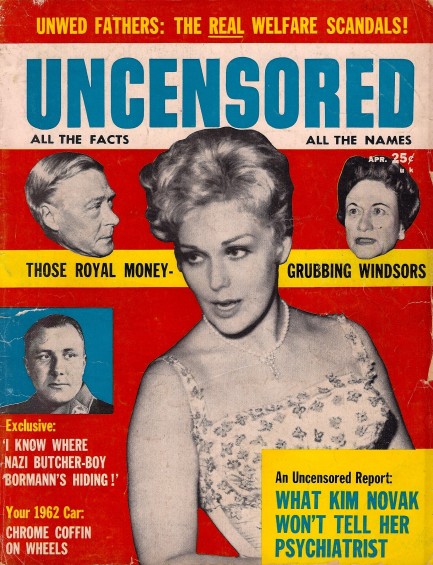
In a story entitled “What Kim Novak Won’t Tell Her Psychiatrist,” this issue of Uncensored from April 1962 promises “the most intimate, revealing self-portrait of a guilt-tormented soul that you have ever read.” What does the magazine reveal? Apparently Novak’s father was disappointed to have had a daughter instead of a son. Novak’s father is portrayed as domineering and distant, and this relationship is cited as the cause of all her “neuroses,” from her preference for slacks and shirts over dresses and skirts, to her supposed shame over sex. Even her short hair is blamed on her father—she allegedly cut it off as an expression of self-loathing. But here’s the bit we love: “He is a father who raised no objection when nightclub entertainer Sammy Davis, Jr. showed up at Kim’s home in Chicago with a engagement ring one Christmas.” Yes, this father of hers was truly the lowest of the low. The story goes on to describe all the various hells Novak put her employers and paramours through, reveals a lifetime of analysis beginning in childhood, and outs her for an alleged late 1950s stint in a psychiatric facility, where she received “mechanical tests”—i.e. an EEG. It finally ends on a melodramatic note: “Kim fled the hospital, fled the analyst, fled the dark memories. She went back to making movies, to throwing temper tantrums. And, on occasion, to more solid things. She went back to the loneliness she dreads. To the big house that is haunted by shapes, people, memories she dare not dredge up and face lest the strain be too much, added to other strains.” You’d almost think journalist Marian Simms was writing a Harlequin novel—a bad one. Uncensored offers readers much more than Kim Novak. Journo Ken Travis takes down King Edward VIII and his wife Wallis Simpson in a story rather amusingly titled “Those Royal Money Grubbing Windsors,” raking them over the coals for being filthy rich but too stingy to even pick up a dinner check. Elsewhere in the issue Hitler’s Heirs author Paul Meskil offers a story claiming with 100% certainty that Nazi criminal Martin Bormann was hiding in Argentina. But embarrassingly, Bormann was nowhere near South America—he died in Berlin at the end of World War II, but his body wasn’t found and identified until 1972. You also get letters from readers, photos of Vikki Dougan doing the twist, trans pioneer Coccinelle showing off her cleavage, a really cool 8mm movie advert that bizarrely misidentifies a California blonde type as Romanian-Tatar dancer Nejla Ates, and more. 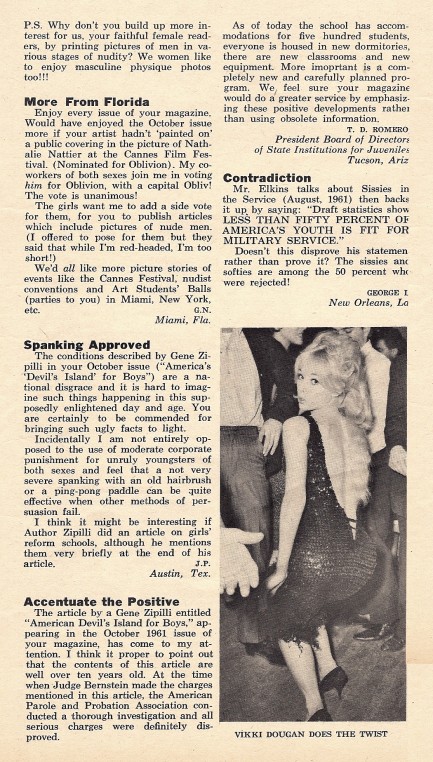 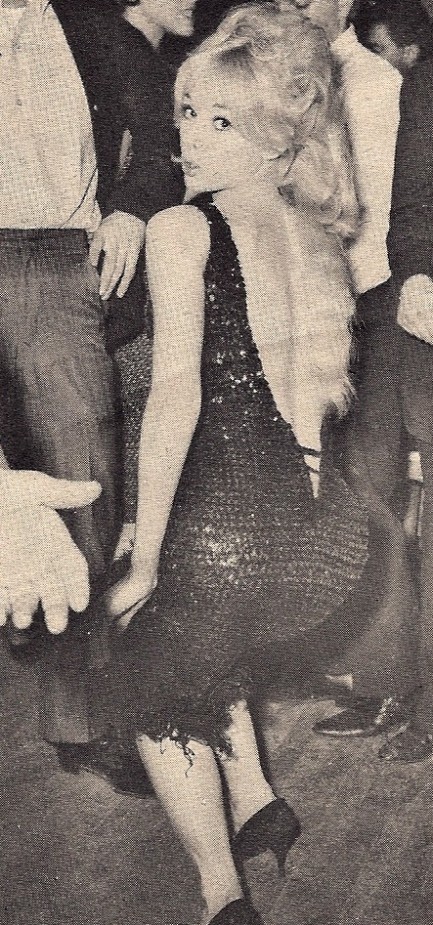 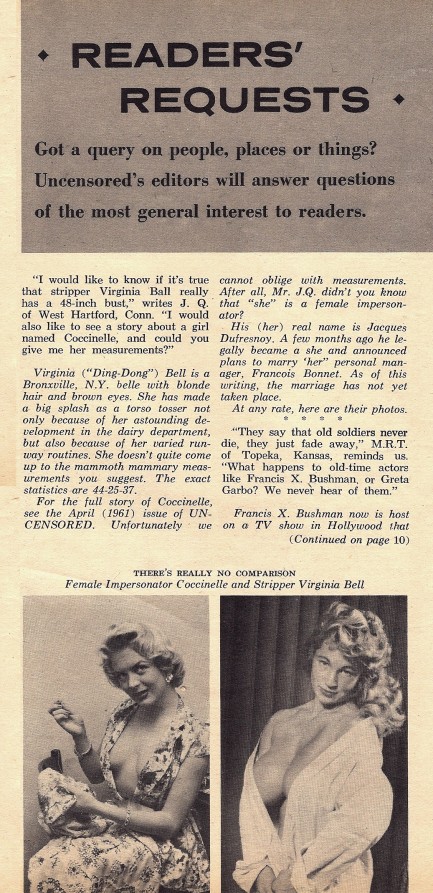 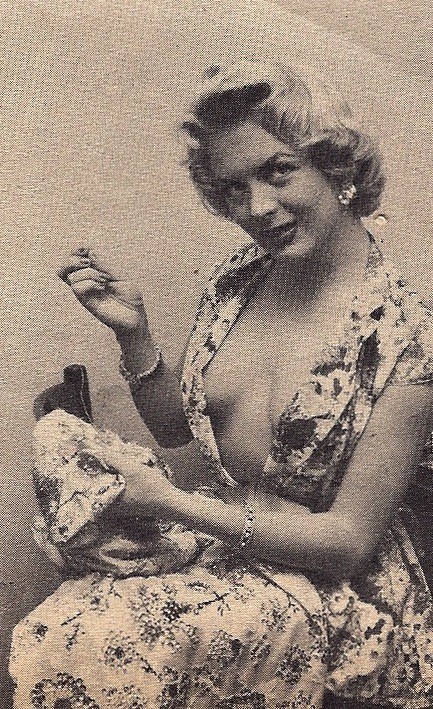 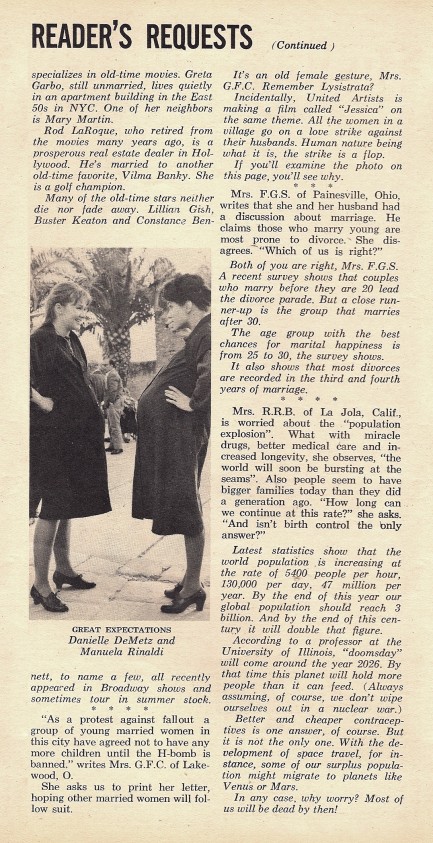 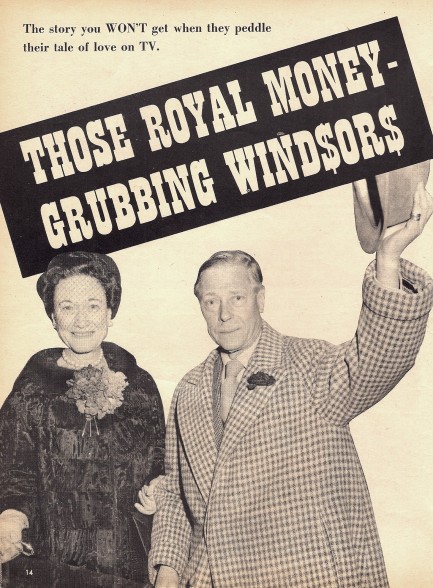 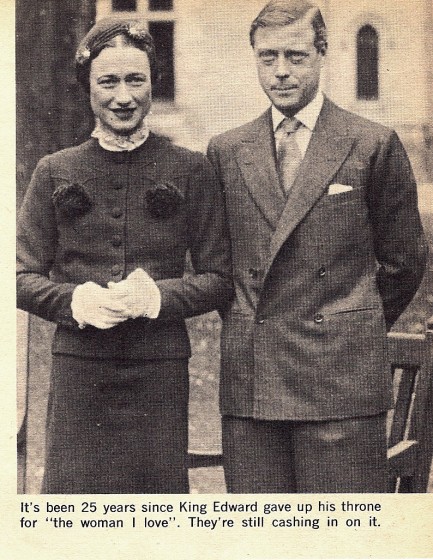 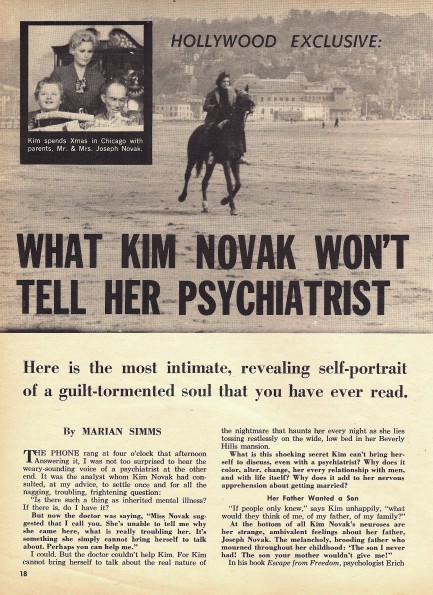  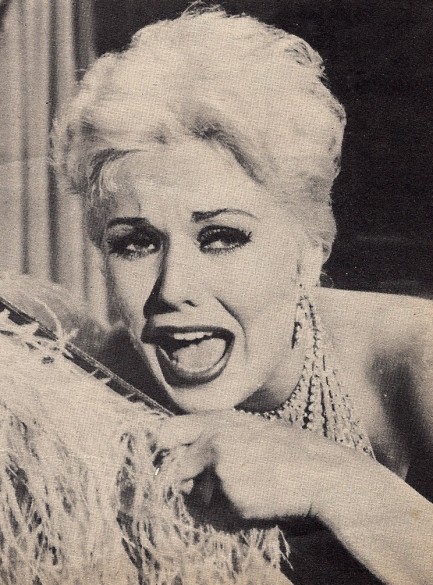 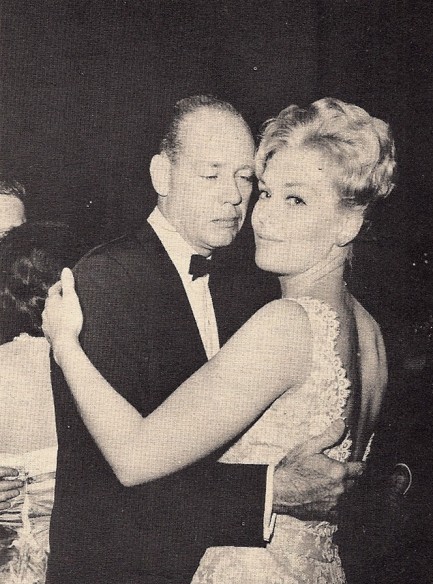 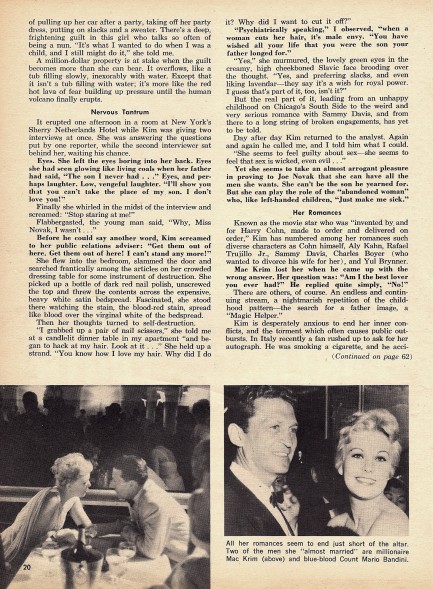 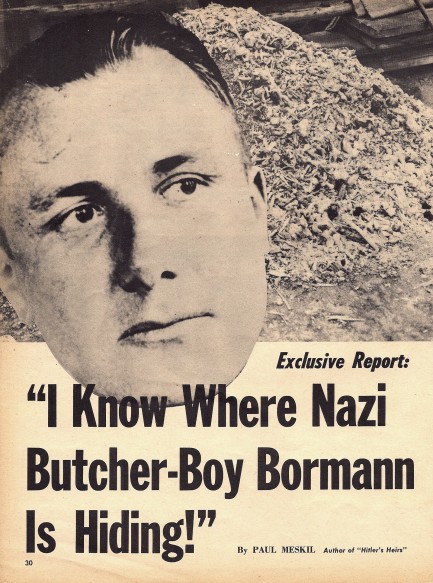 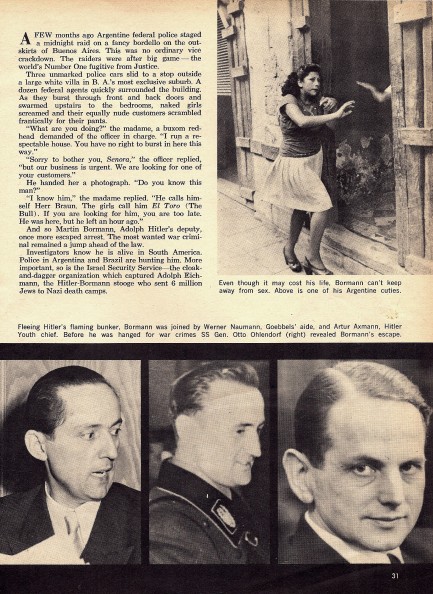 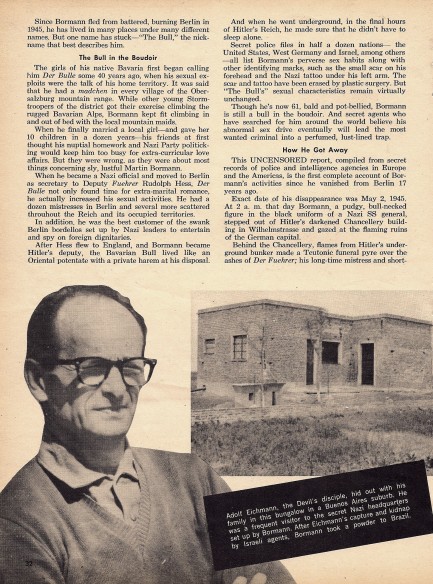 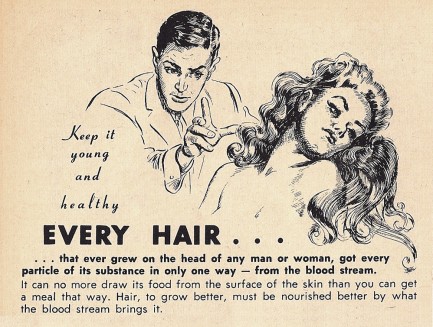 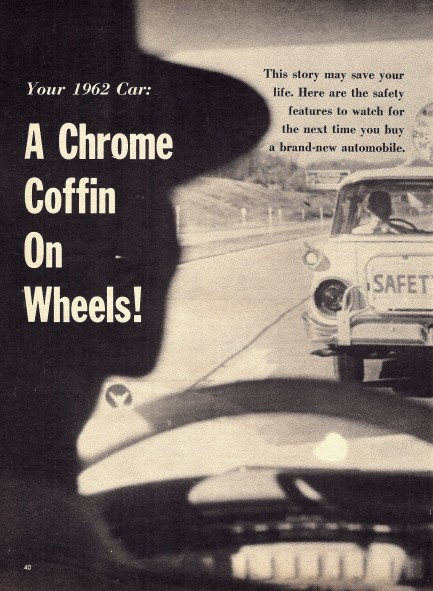 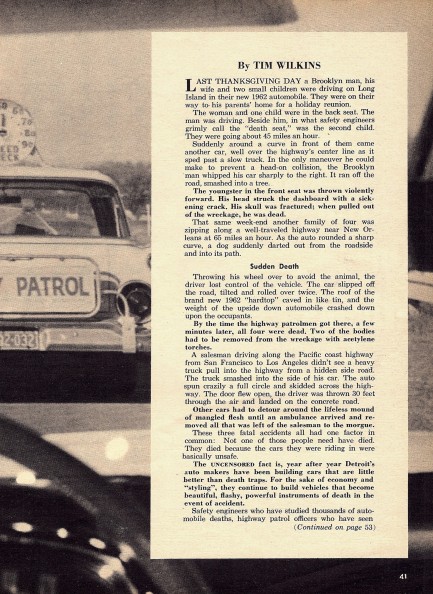 
 Private Affairs joins the wild mix of 1960s tabloids. 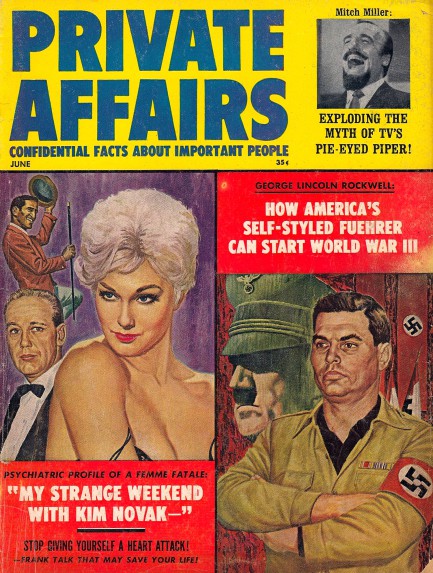
This issue of the New York based tabloid Private Affairs appeared in June 1962, and features cover stars Kim Novak and American Nazi Party leader George Lincoln Rockwell rendered by an uncredited artist. Inside the issue Affairs rehashes Novak’s various relationships, recounting how mafia goons threatened to kill Sammy Davis Jr. if he didn’t stop meeting Novak across the color line, how she accepted an expensive sports car as a gift from Ramfis Trujillo even though his hands were “bathed in the blood of executed political prisoners,” and how she shot down a smitten Charles Boyer by asking him in bewilderment, “How could you have thought I loved you?” The overarching concern is Novak’s longstanding unmarried status, wedlock of course being the default state for any normal woman. Novak was only twenty-nine at the time—but that was spinster age by tabloid standards. She eventually did wed when she was thirty-two, and it’s a wonder she made it down the aisle without the aid of a wheelchair. Private Affairs moves on to Norman Lincoln Rockwell, who was making waves with racist rhetoric and a bold guarantee to win the White House by 1972. The question Private Affairs editors ask is whether Rockwell should be taken seriously. They answer by offering an anecdote about how German president Paul von Hindenburg scoffed at a fledgling Adolf Hitler by calling him a “silly little housepainter.” Ten years later, they note, there were 30,000,000 dead. “How far will America let the hate mongers go? Will an unsound branch on the tree of American democracy fall off or will it poison the organism?” they ask. It’s worth noting that while Rockwell’s anti-Jewish rhetoric clearly annoys the editors, they don’t offer any support for the African Americans he was likewise excoriating. But in the end, Rockwell was shot dead by a fellow Nazi. Whether he could have risen to political office is a matter of historical debate. Private Affairs moves next to related subject matter by claiming that the 1942 Cocoanut Grove fire that killed nearly five-hundred people in a Boston nightclub was set by Nazi saboteurs, and furthermore that the FBI covered that fact up. We wrote about the fire a few years ago, and you may remember that witnesses said the conflagration began with a busboy changing a light bulb. Private Affairs claims the bulb was a specially designed Nazi device that had a fuse inside instead of a normal tungsten filament. This fuse could be set for various ignition times, and a delayed setting allowed the saboteur got away. How the editors puzzled this out remains unclear, and there’s no explanation how a busboy randomly asked to change a burnt out light chose or was handed a deadly device rather than a typical bulb, but maybe those points aren’t important. Tabloids often fail to answer their own questions—the important thing is to stir up trouble.
Elsewhere in the issue we get Lana Turner, who Affairs claims let her daughter take a murder rap for her; comedian Dick Gregory, who is accused of stealing jokes; and Ingrid Bergman, who is shown with her later-to-be-famous daughter Isabella Rossellini. We also meet Nai Bonet, a famed Vietnamese bellydancer who within a couple of years would parlay her fame into a film and music career. Private Affairs is not a well known tabloid today—it probably arrived on the scene just a bit too late to carve out a readership when newsstand shelves were already packed with established imprints such as Confidential, Uncensored, Top Secret, Inside Story, Hush-Hush, et al. This particular issue—designated Vol 1, No. 3—is the only copy of the magazine we’ve ever seen. We suspect the brand was defunct within the first year. Many scans below, and more rare tabloids coming soon. 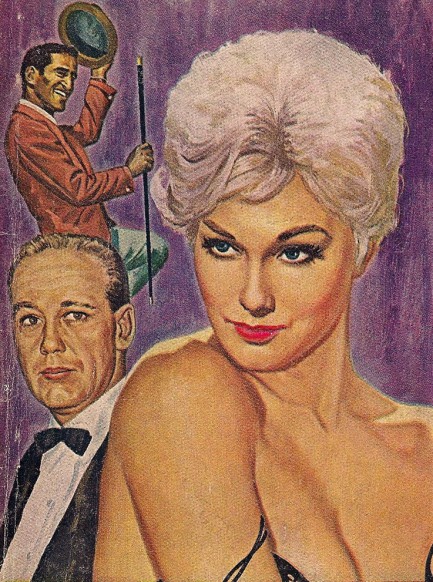 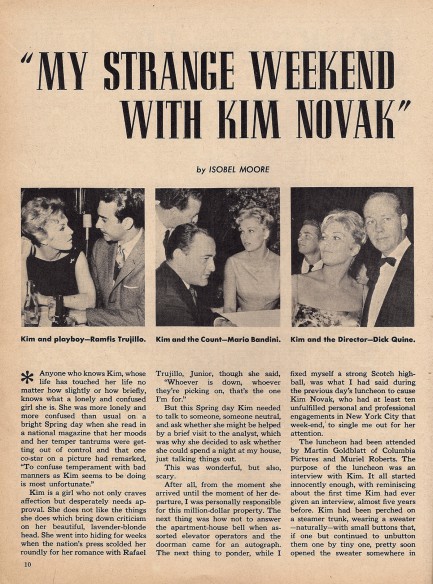 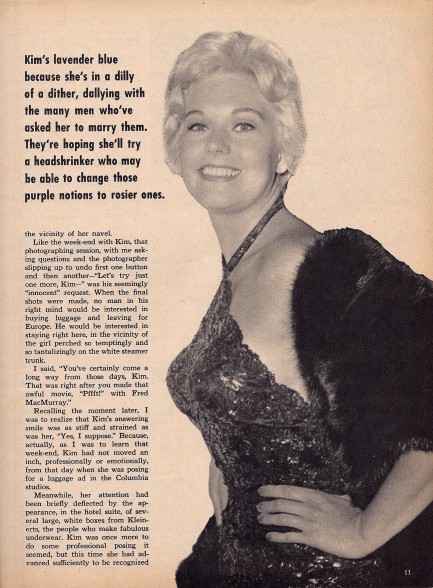 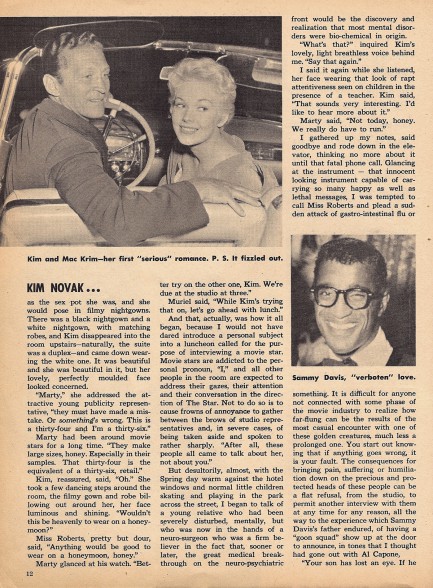 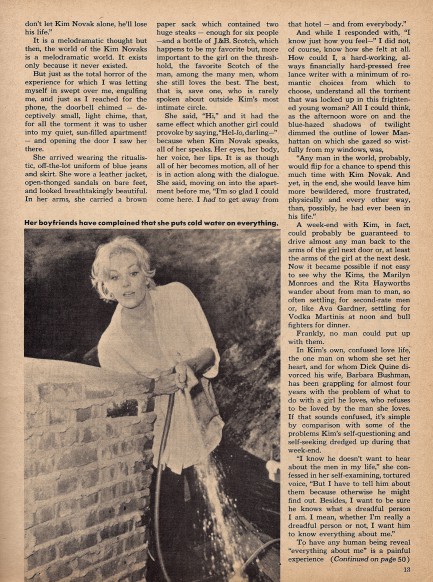 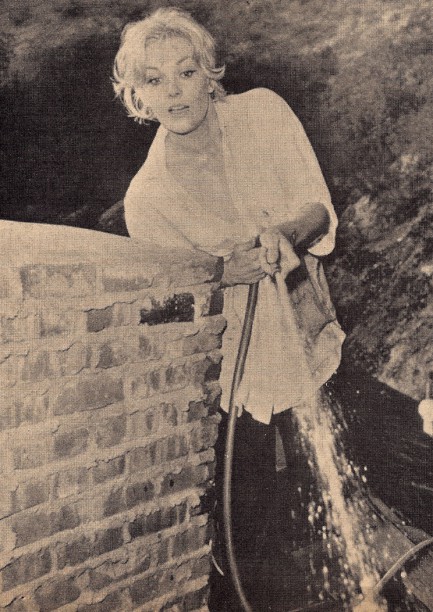 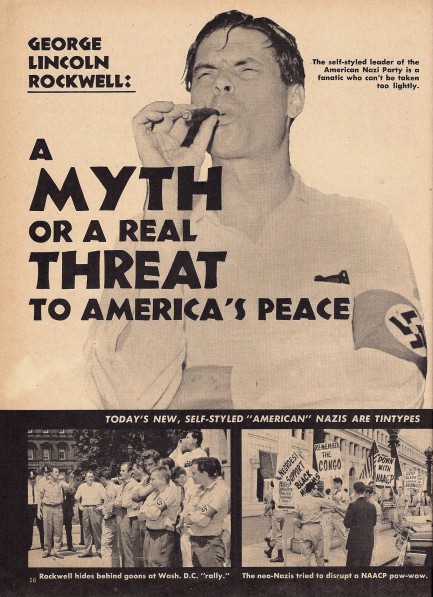 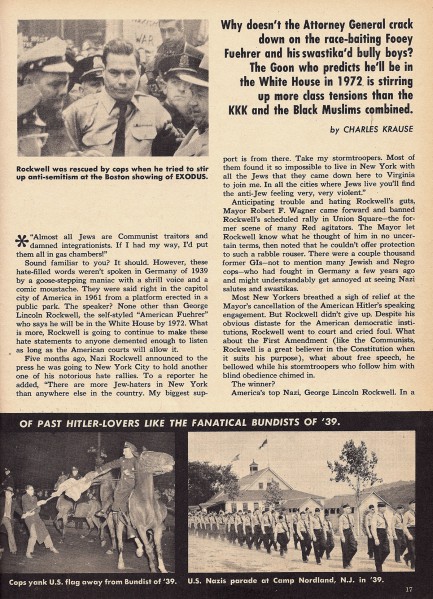 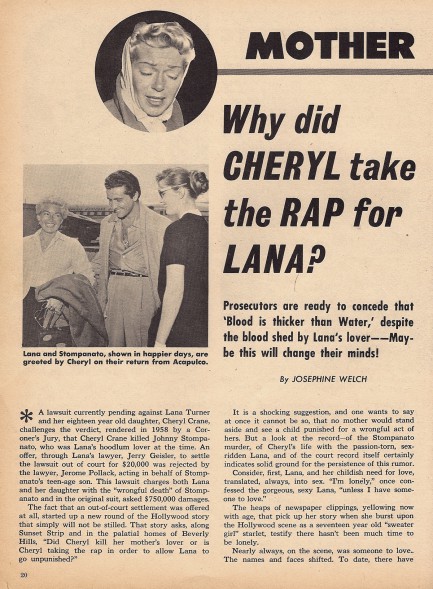 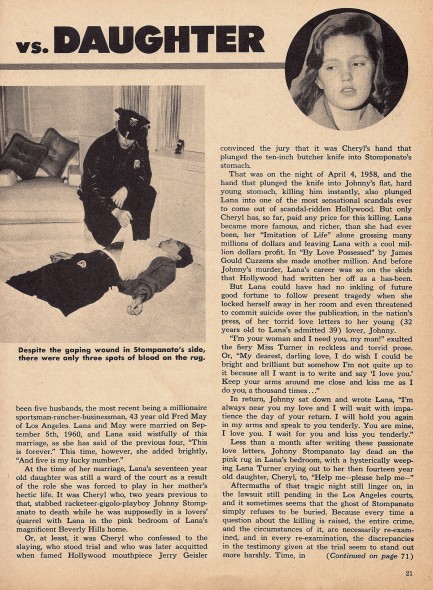 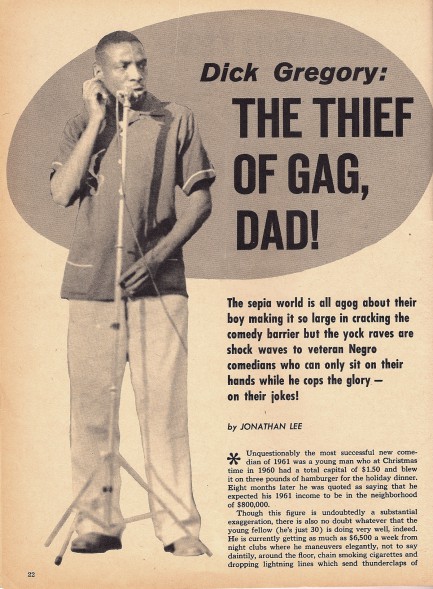 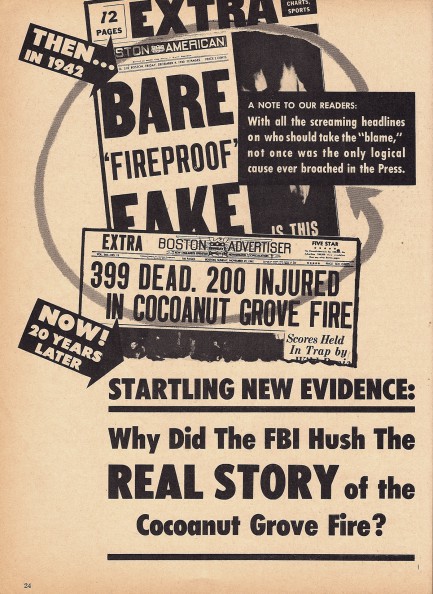 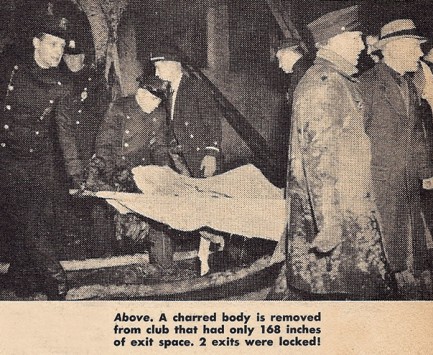 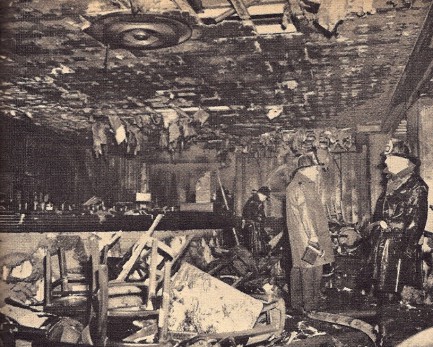 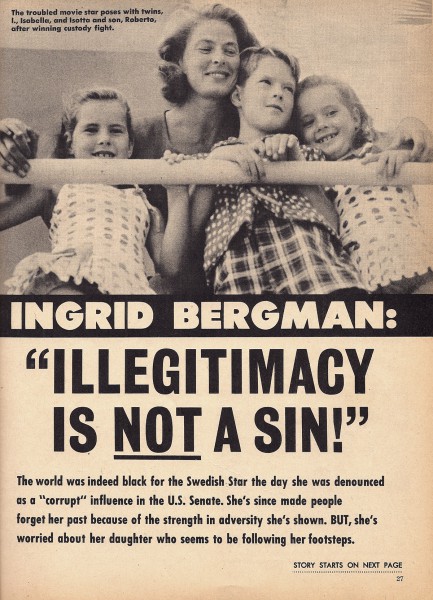 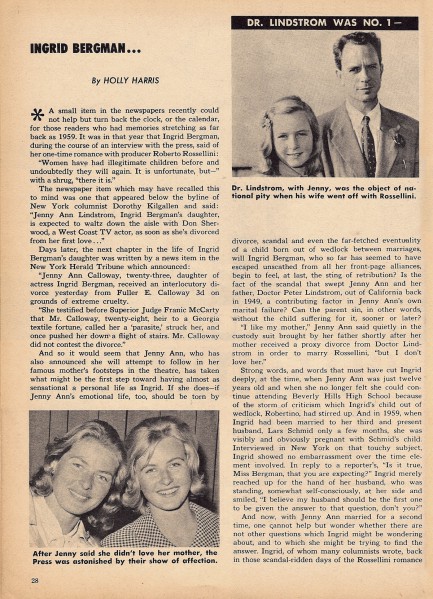 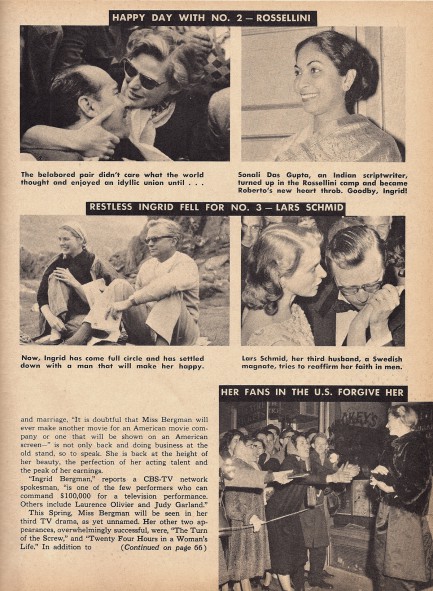 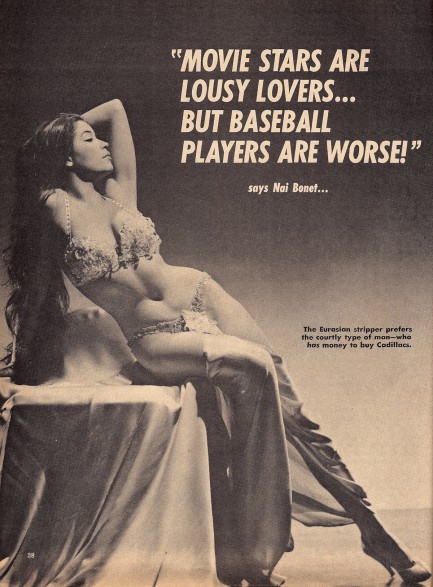 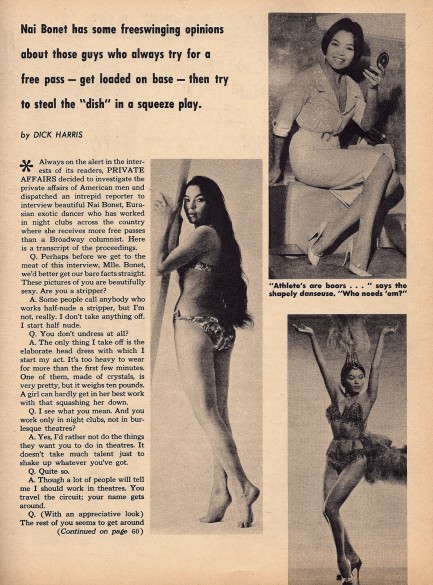  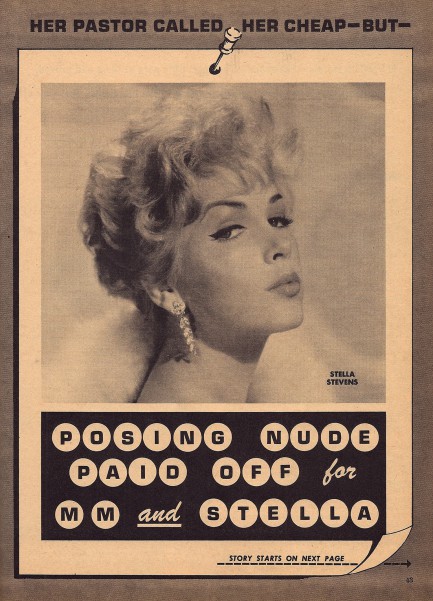 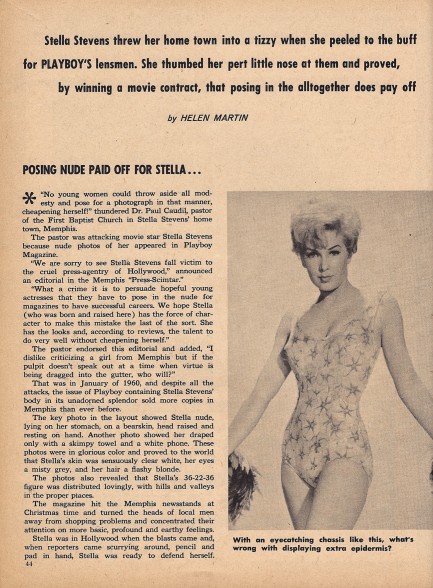 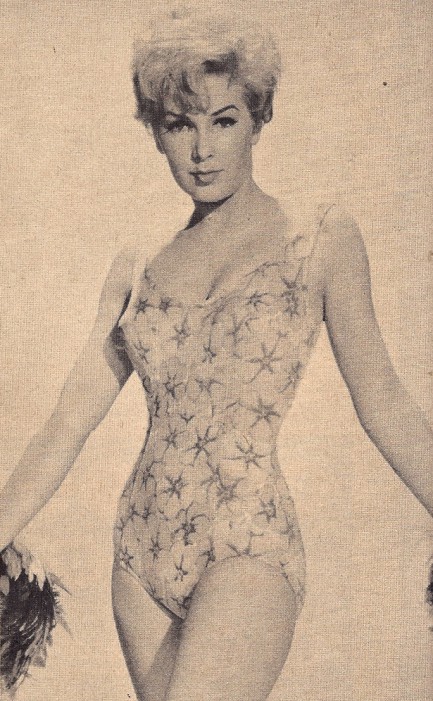 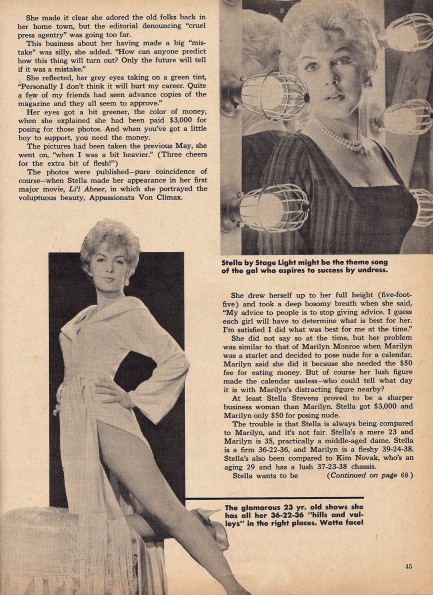 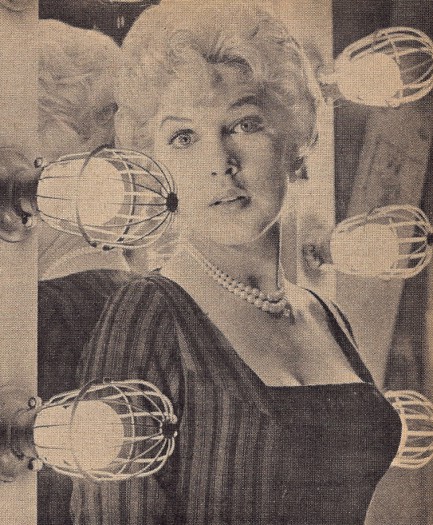
|
 |

The headlines that mattered yesteryear.
1939—Batman Debuts
In Detective Comics #27, DC Comics publishes its second major superhero, Batman, who becomes one of the most popular comic book characters of all time, and then a popular camp television series starring Adam West, and lastly a multi-million dollar movie franchise starring Michael Keaton, then George Clooney, and finally Christian Bale. 1953—Crick and Watson Publish DNA Results
British scientists James D Watson and Francis Crick publish an article detailing their discovery of the existence and structure of deoxyribonucleic acid, or DNA, in Nature magazine. Their findings answer one of the oldest and most fundamental questions of biology, that of how living things reproduce themselves. 1967—First Space Program Casualty Occurs
Soviet cosmonaut Vladimir Komarov dies in Soyuz 1 when, during re-entry into Earth's atmosphere after more than ten successful orbits, the capsule's main parachute fails to deploy properly, and the backup chute becomes entangled in the first. The capsule's descent is slowed, but it still hits the ground at about 90 mph, at which point it bursts into flames. Komarov is the first human to die during a space mission. 1986—Otto Preminger Dies
Austro–Hungarian film director Otto Preminger, who directed such eternal classics as Laura, Anatomy of a Murder, Carmen Jones, The Man with the Golden Arm, and Stalag 17, and for his efforts earned a star on Hollywood's Walk of Fame, dies in New York City, aged 80, from cancer and Alzheimer's disease. 1998—James Earl Ray Dies
The convicted assassin of American civil rights leader Martin Luther King, Jr., petty criminal James Earl Ray, dies in prison of hepatitis aged 70, protesting his innocence as he had for decades. Members of the King family who supported Ray's fight to clear his name believed the U.S. Government had been involved in Dr. King's killing, but with Ray's death such questions became moot.
|

|
|

It's easy. We have an uploader that makes it a snap. Use it to submit your art, text, header, and subhead. Your post can be funny, serious, or anything in between, as long as it's vintage pulp. You'll get a byline and experience the fleeting pride of free authorship. We'll edit your post for typos, but the rest is up to you. Click here to give us your best shot.

|
|




















































































































